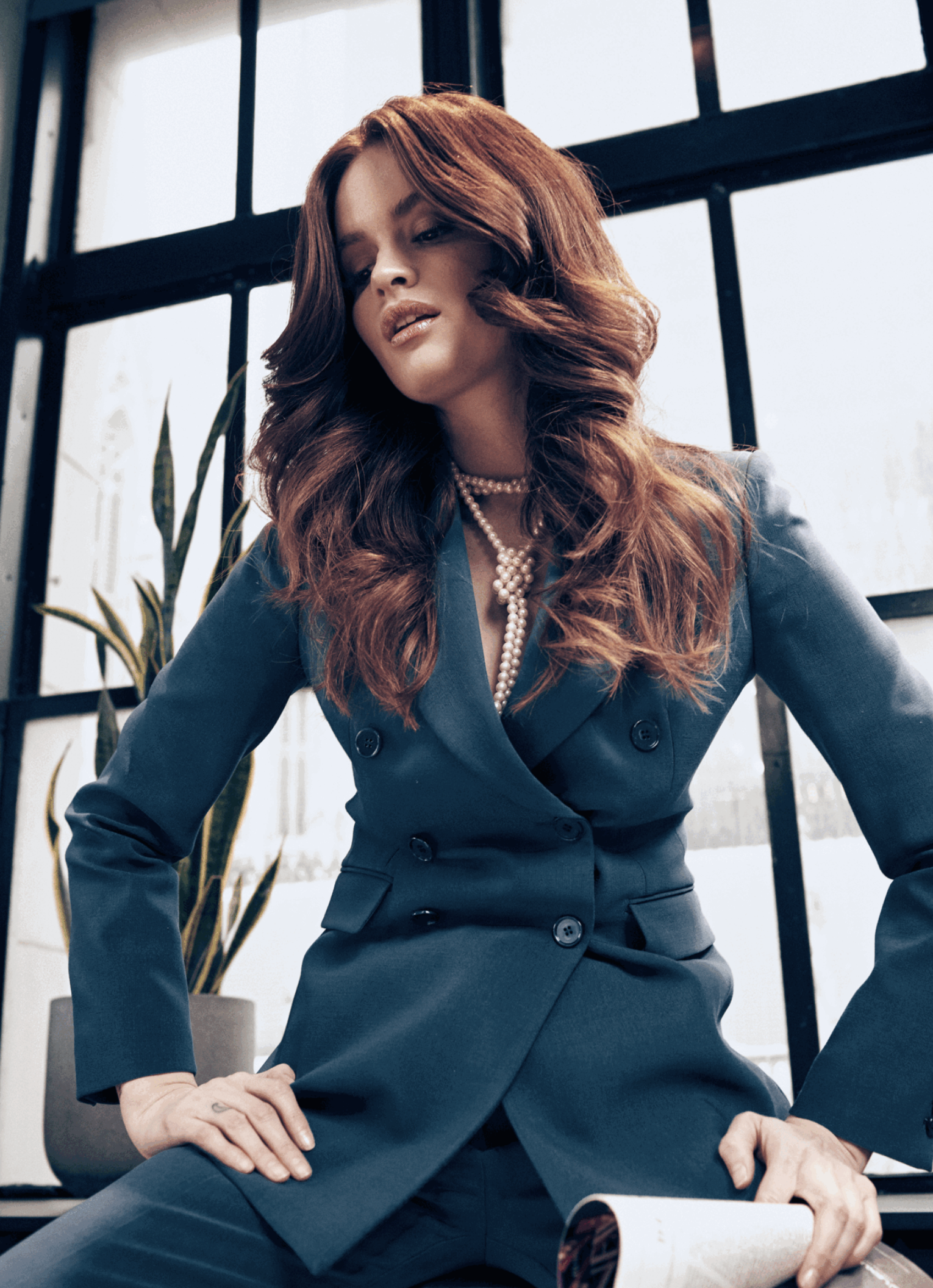
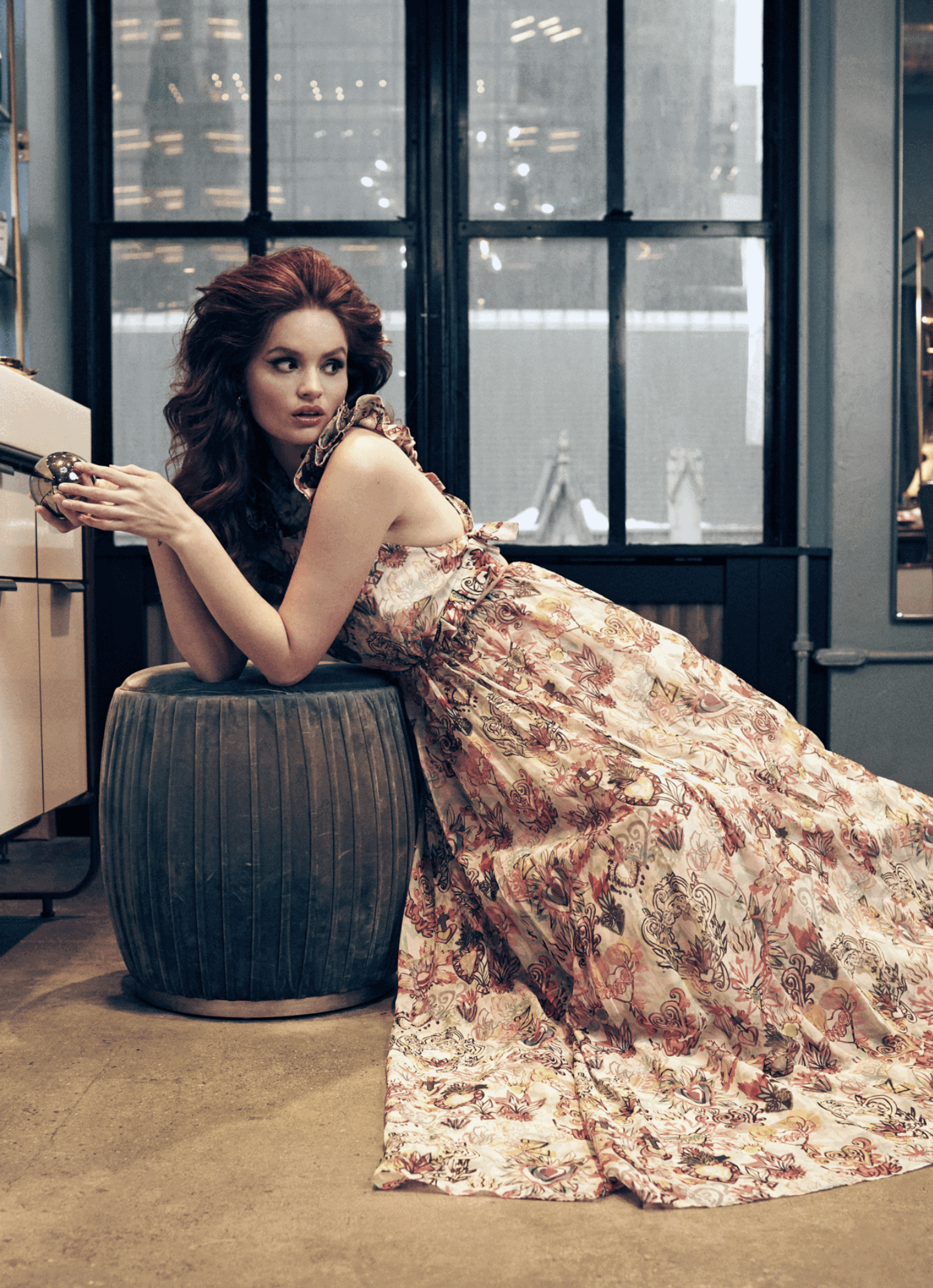
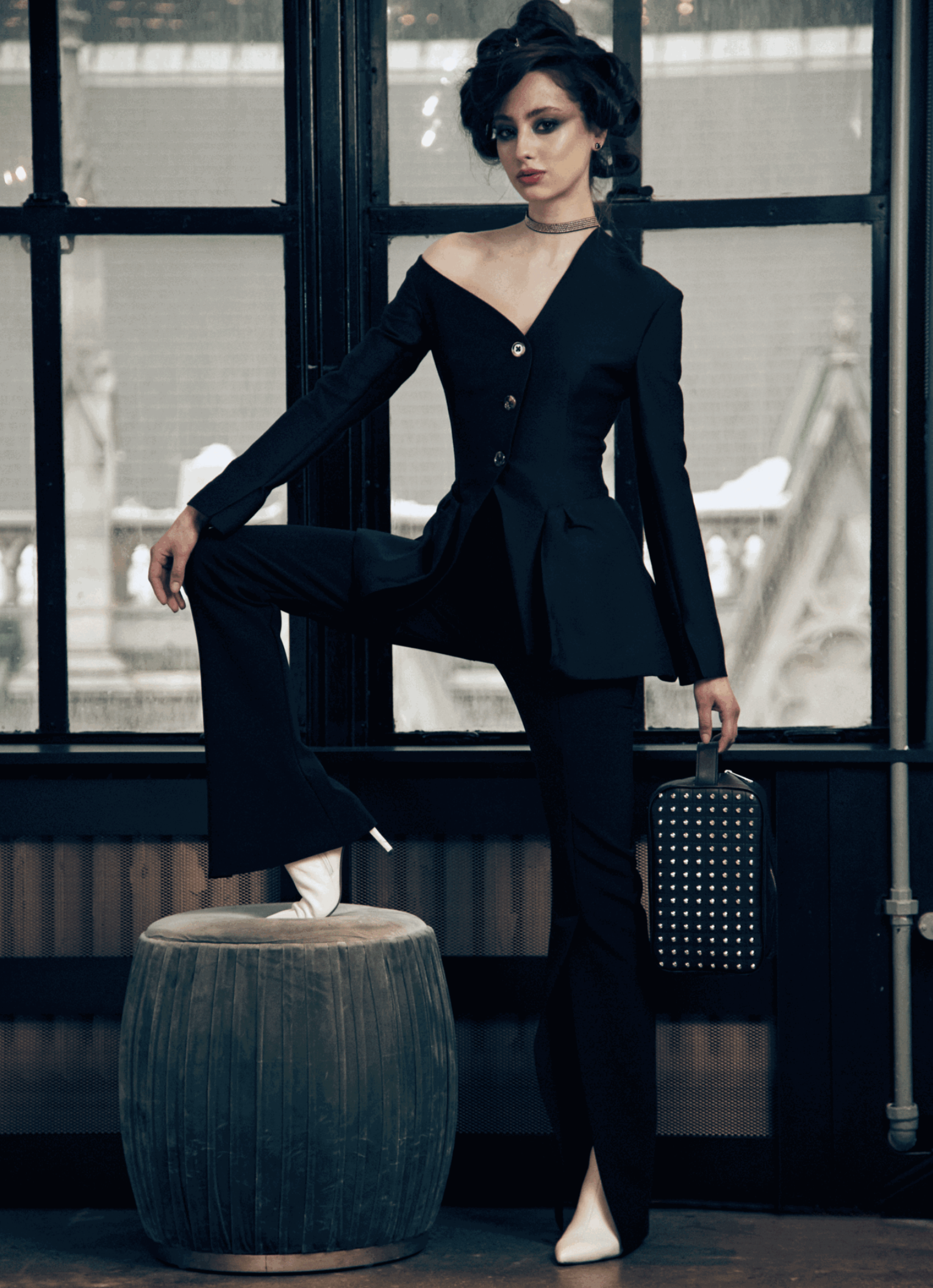
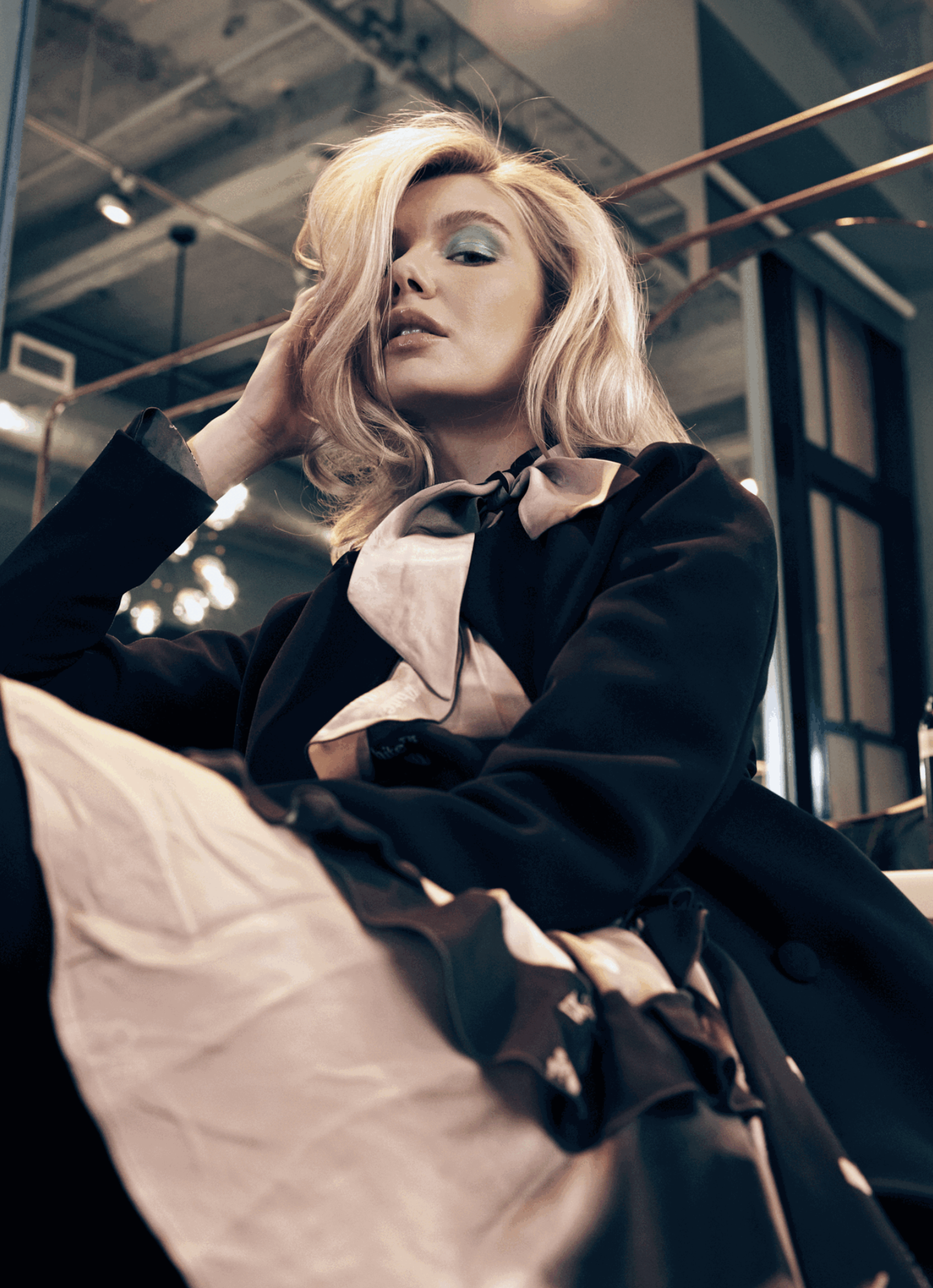
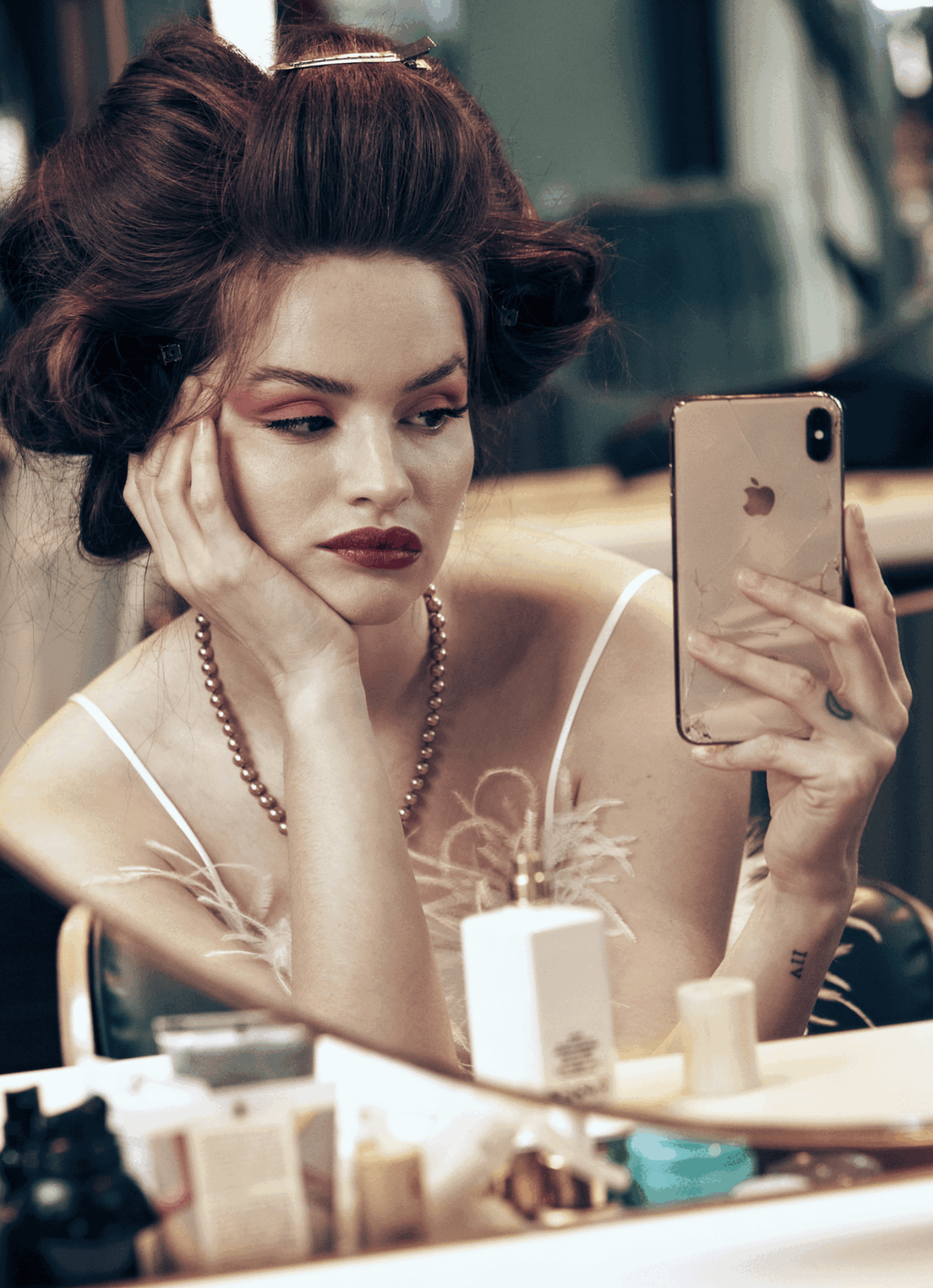
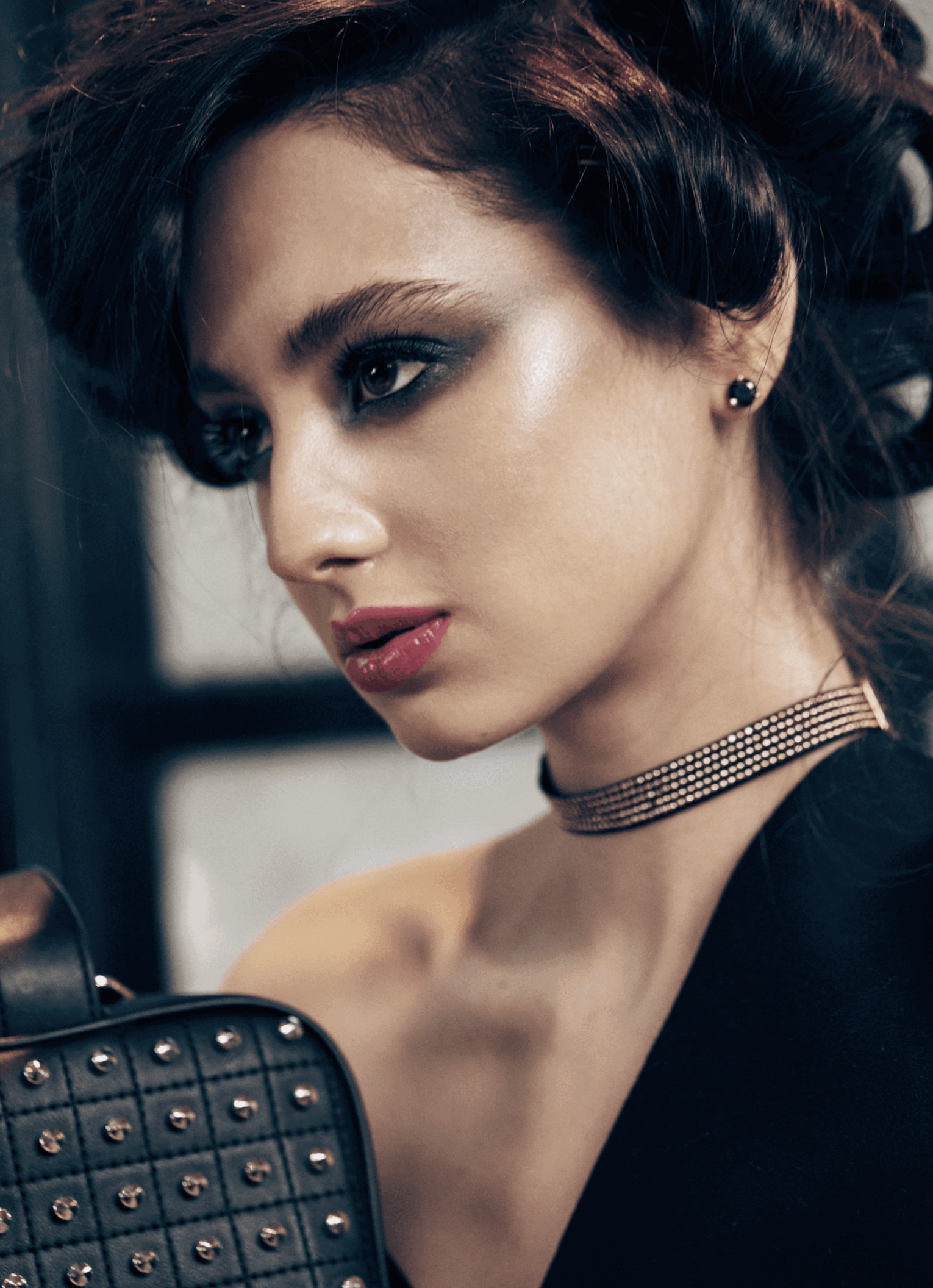
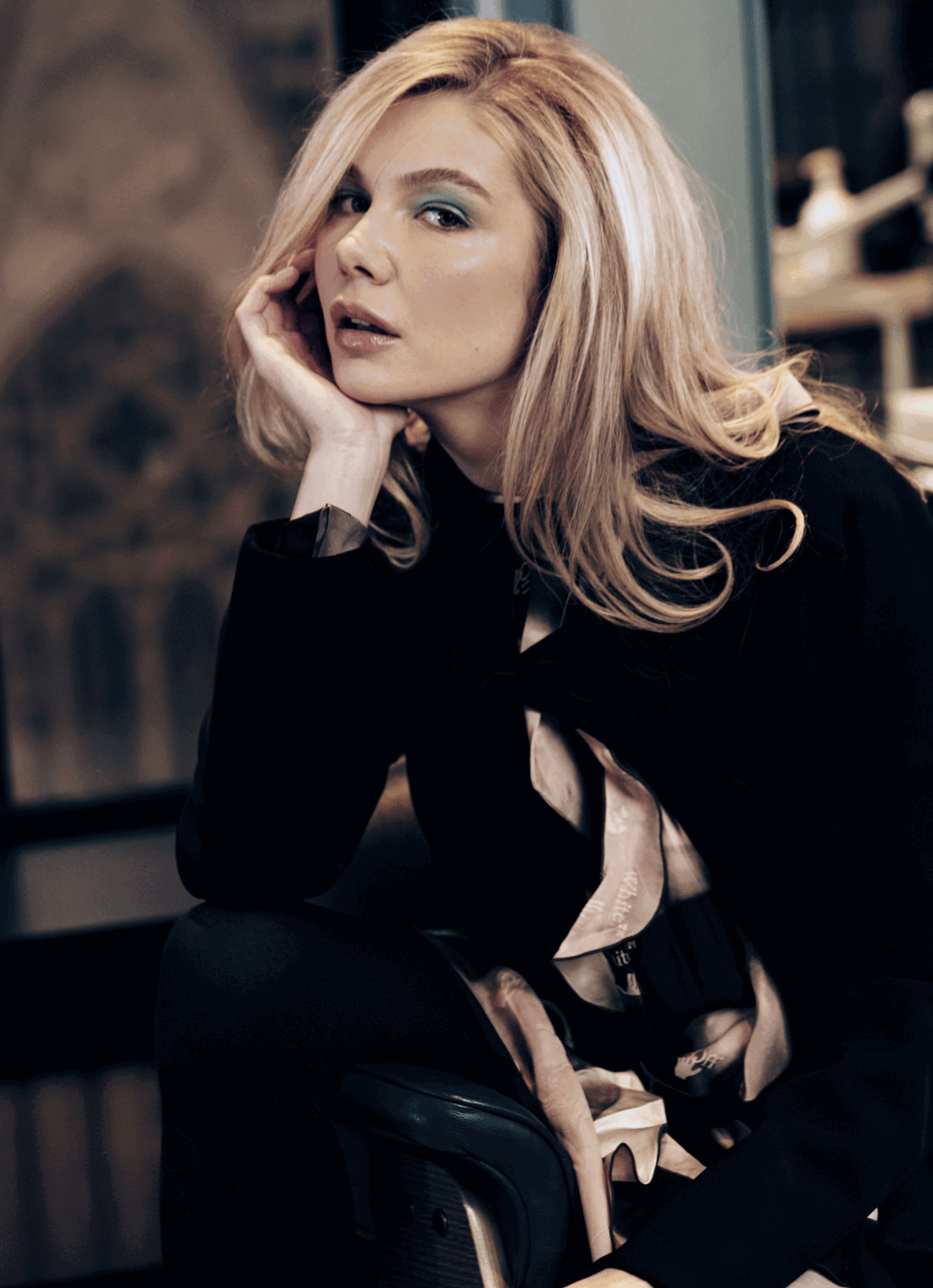
LUXURY HAIR. EXPERT CRAFTMANSHIP. UNPARALLELED EXPERIENCE
Welcome to The Salon Project by Joel Warren, NY’s premier luxury hair salon, where world-class hair artistry meets innovation and elegance in the heart of Rockefeller Center, NYC.
Designed for the modern individual, our one-stop beauty destination brings together renowned stylists, cutting-edge hair treatments, expert skincare, and premium beauty brands—all in an elegant, state-of-the-art setting.
Experience a calm, bespoke, and effortless beauty transformation with personalized services tailored to your unique style.
OUR SERVICES
-

CUTS & STYLING
WOMEN’S HAIRCUT & STYLE
Personalized cuts with professional styling to enhance your natural beauty.
MEN’S HAIRCUT & GROOMING
Tailored cuts and grooming services for the modern gentleman.
BLOWOUT & STYLING
Sleek and voluminous blowouts for any occasion.
-

COLOR ARTISTRY
CUSTOM COLORING
Expert color application tailored to your desired shade.
BALAYAGE & OMBRE
Hand-painted techniques for a natural, sun-kissed look.
HIGHLIGHTS & LOWLIGHTS
Dimensional color to add depth and contrast.
COLOR CORRECTION
Professional solutions to address and rectify color mishaps.
-

HAIR TREATMENTS
KERATIN SMOOTHING TREATMENT
Eliminate frizz and enhance shine with our premium keratin service.
DEEP CONDITIONING MASQUE
Revitalize and nourish hair for improved health and luster.
SCALP THERAPY
Treat and rejuvenate the scalp to promote healthy hair growth.
-

EXTENSIONS
CONSULTATION
Personalized assessment to determine the best extension method for your hair type and desired outcome.
APPLICATION
Professional installation of high-quality extensions for added length and volume.
MAINTENANCE
Regular upkeep services to ensure longevity and optimal appearance of your extensions.
-

BEAUTY & NAILS
FACIALS & SKINCARE TREATMENTS
Personalized facials, peels, and advanced skin treatments tailored to your needs.
MANICURE & PEDICURES
Classic, gel, and spa treatments for hands and feet.
MAKEUP APPLICATION & LESSONS
Day, evening, bridal makeup, and personalized beauty tutorials.
CLIENT TESTIMONIALS
4.9 ⭐⭐⭐⭐⭐ 159 Google Reviews
⭐⭐⭐⭐⭐ The Best Luxury Hair Salon in NYC
"I rarely get compliments after my haircuts BUT after I started going to Cilas, people kept on telling me how great my hair looked! Cilas is professional, patient, knows his stuff and is a pleasure to work with. I HIGHLY recommend him if you are looking for a great haircut." – Jerry G.
⭐⭐⭐⭐⭐ Expert Hair Color and Styling at Rockefeller Center
"I love the Salon Project. The location and salon itself is so lovely right in the heart of the city. Tiffany always does an amazing job with my cut and color. She is friendly, easy to talk to and always knows exactly what I want. They have the best hair care products and I always walk out of the salon looking and feeling like a million bucks!!!" – Kathy W.
⭐⭐⭐⭐⭐ If You Want To Look Sharp, Definitely Go Here
"Ben is great! My updated color is perfectly blended - I got the exact result I envisioned. The service is fantastic, the staff is professional & friendly- especially Daniela. I recommend to everyone who wants to look sharp!" – Debbe I.
⭐⭐⭐⭐⭐ My Favorite Hair Cut
"Carrie has been cutting my hair for over 10 years, and I follow her wherever she goes because she is so talented! She always confirms how I would like my hair styled, and she is very sophisticated in the way she layers my hair to provide volume but also makes it easy for me to maintain on my own between visits. She is the best. And the Salon Project is well located and a lovely space." – Daphne B.
OUR TEAM
JOEL WARREN
FOUNDER | MASTER COLORIST
With over 30 years of experience, Joel Warren is a renowned master colorist and beauty innovator, redefining the salon experience with his expert craftsmanship and trend-setting techniques. As the founder of The Salon Project, Joel’s artistry attracts New York’s elite, offering precision color, styling, and transformative beauty services in an exclusive, state-of-the-art setting.
RICK WELLMAN
HAIRSTYLISTS | MASTER COLORIST
KALI FERRARA
COLOR EXPERT | STYLIST
CARLOS VEGA
MASTER HAIRSTYLIST
BEN BEN-AHARON
COLOR EXPERT | STYLIST | EXTENSIONS
CILAS ALMEIDA
COLOR EXPERT | STYLIST
THIAGO POMPONIO
COLOR EXPERT | STYLIST
RYAN LOONEY
HAIRSTYLIST | COLOR EXPERT
CARRIE BUTTERWORTH
HAIR SPECIALIST
FRANCESCA D’ASCANIO
COLOR EXPERT
DOLCE PUZO
COLOR EXPERT | STYLIST | EXTENSIONS
JANE MARGARET
COLOR EXPERT
TIFFANY WONG
COLOR EXPERT | STYLIST | EXTENSIONS | BRAIDS
RENY COLINA
HAIR STYLIST
ALLA GOLYNKINA
NAIL TECHNICIAN
IRINA VOLOVIK
NAIL TECHNICIAN



























